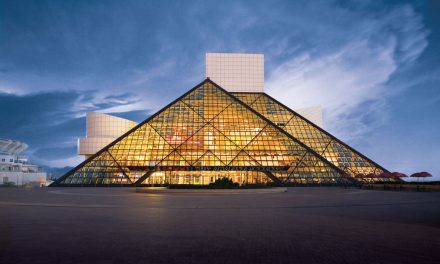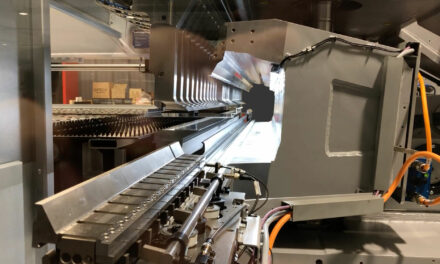When it reopens in mid-July after an extensive $1.2 million renovation, the habitat will be home to approximately 400 tropical plants, such as cacao trees, coffee plants, mango trees and coconut palms, which help create the natural environment conducive to wildlife. The exhibit’s more than 80 birds, including Victoria crowned pigeons, male and female Great Argus pheasants and several macaws, will be gradually reintroduced to the revamped habitat on or about July 13.
The new glass canopy, which was central to renovations that include a new 15-foot tiered waterfall, pedestrian walkway and immersive spaces for avian residents to bathe, play and nest, is a specialized product selected by experts from Vitro Architectural Glass and the National Aviary. It replaces the original single-strength annealed float glass that had been in place since the exhibit opened in 1952.
By acid-etching an opaque visual barrier over ultra-transparent Starphire glass, the new bird-friendly glass canopy will drastically reduce the chances of bird-glass collisions and prevent birds of prey living outside from seeing and attempting to reach potential prey living inside the building. The glass also maximizes ultraviolet (UV) and natural light transmittance to help sustain wildlife and plant life throughout the year.
To learn more about Starphire Ultra-Clear glass, visit www.vitroglazings.com or call 1-855-VTRO-GLS (887-6457).





